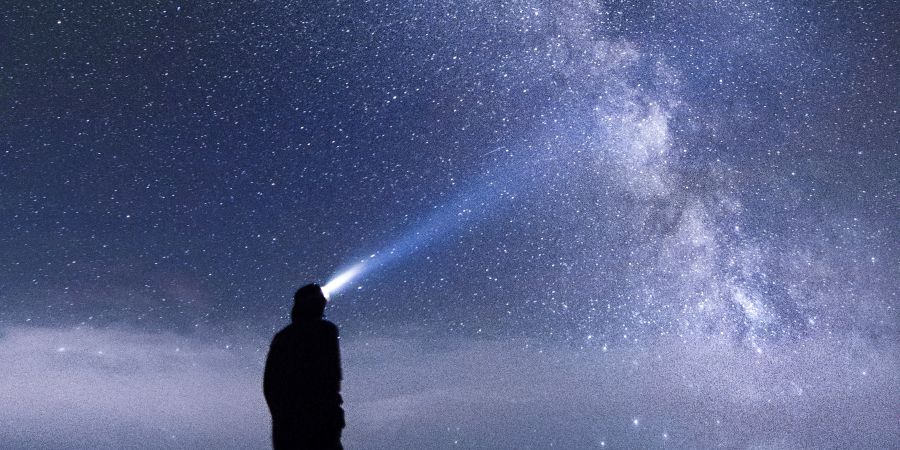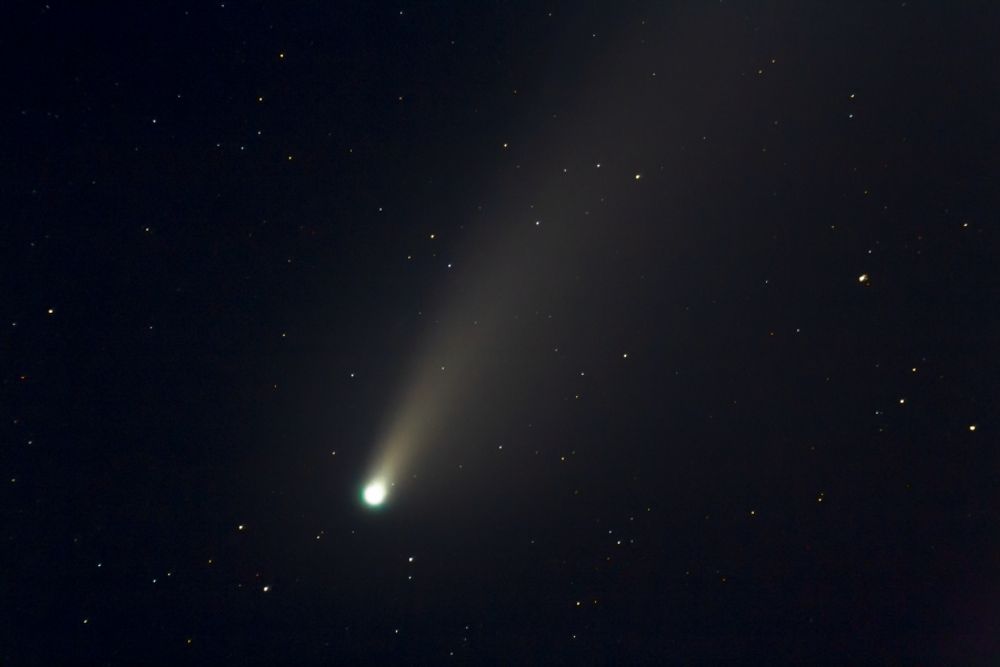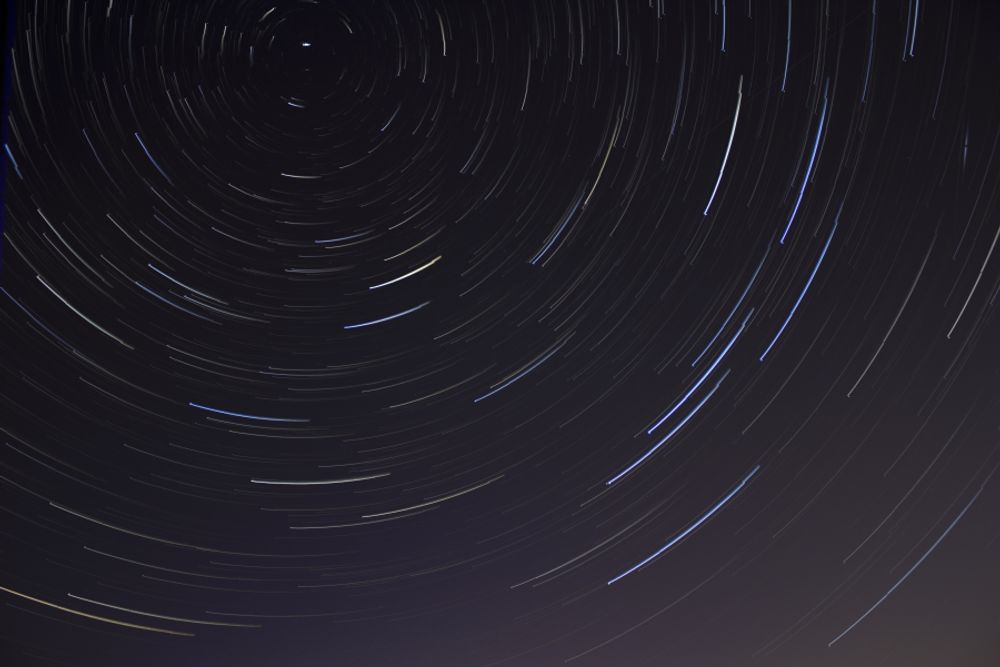

If you're a fan of astronomy like many of us, you can probably remember that childhood event that got you started in this exciting hobby. You must have seen it with a telescope for the first time. But for many of us, this was the first time we had seen a fire shower from the sky, which we eventually came to know as a meteor shower.

The moment you first see it, it is easy to remember the movie "War of the Worlds" or some other spectacular image of aliens entering our environments to capture the planet. But with little guidance and explanation of what was happening, we eventually came to know that these showers were not dangerous or aggressive in any way.
For the most part, meteorite rain is harmless, a part of nature, and a lot of fun to watch. So what are these strange lights in the sky? Are those aliens invading Mars? Are comets entering the next ice age? Or perhaps asteroids burn as soon as they enter the Earth's atmosphere.

The answer to the previous questions is no for the first and "yes and no" for the other two. Meteorites are actually a small piece of space debris, usually dust or small rocks that break into space by a comet or asteroid and eventually fall towards Earth. We say "down to earth" because the light you see is the friction of the atmosphere that burns off those small details of space and creates a stunning view for all. A particularly exciting time to watch is when a meteorite breaks or bursts as it enters. The explosive meteorite is called the fireball.
There are some interesting details about the life of a meteorite that make shooting stars even more fun. To see, a meteorite needs only one millionth weight of a gram. But what makes them so great to see is the tremendous speed they reach when entering the atmosphere. A meteorite will reach between 11 and 74 kilometers per second before burning, which is 100 times faster than a bullet at full speed. We tend to think of a shooting star as an unusual phenomenon and associate it with superstition (so I wish a lucky star).
But in fact there are thousands of them every year, so seeing someone is not really that rare. Indeed, scientists tell us that every year more than 200,000 tons of space matter enter the atmosphere and burn as soon as they enter. Meteorites are a great source of meteorites due to the nature of those long tails. A large amount of dust, ice and other space debris gets trapped in the comet's tail as it moves towards the Sun. Then, as the comet moves away from the Sun in its orbit, tons of this material is fired into space to disperse.

As the Earth revolves around the Sun in its regular orbit, it often passes through clouds of this abandoned substance that become one of those "meteor showers" that are very popular to watch. These falling star showers are easy enough for astronomers to predict. You can position yourself to see the excitement at the right time of night and to see the right area of the night sky. Usually an astronomy journal or site will give you a common time and place to be prepared to see when meteorites begin to fall. Please note that this is an incident of nature, so you cannot see the timetable properly.
Also note that there is a signaling system based on where your meteor shower will be, depending on the constellation of your background. The part of the sky that the show needs to focus on is called "bright" because meteorites entering from here begin to glow or radiate. The radiant is also named after the constellation that is closest to it. Therefore, if a lion is going to rain a meteorite, its radiant will be called Leonid. This will help you understand the list of asteroid rainfall in the post.






